Chafik Aloulou
Dairy Cow rumination detection: A deep learning approach
Jan 07, 2021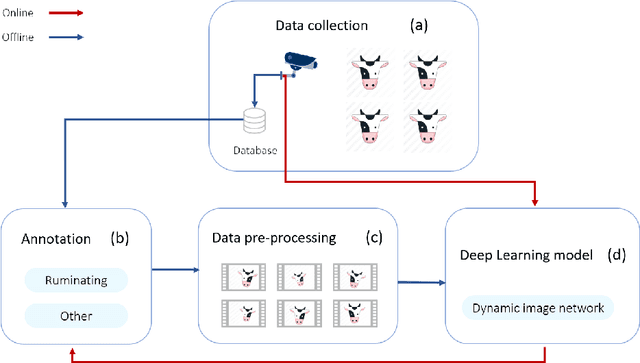

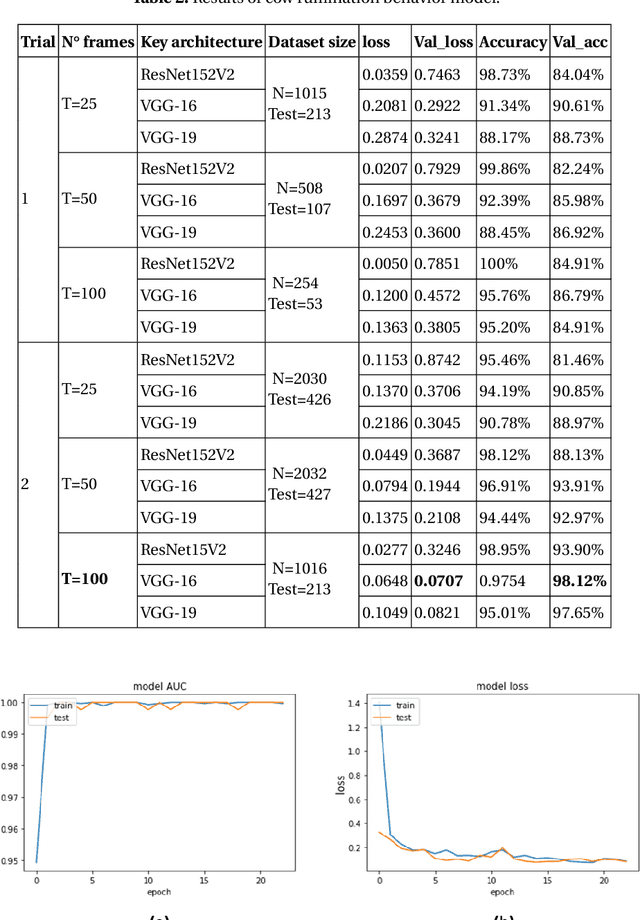
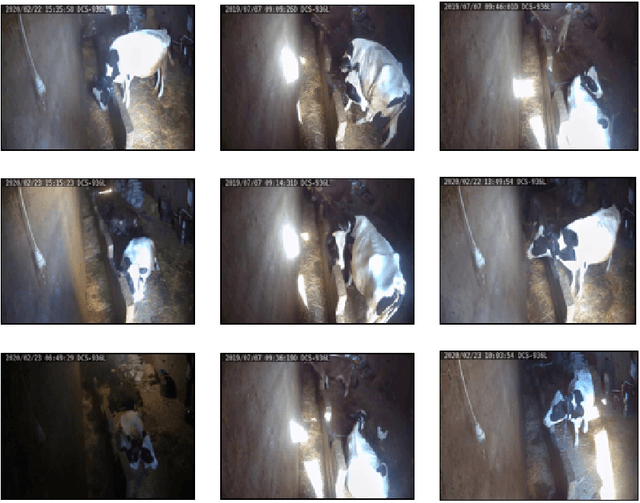
Abstract:Cattle activity is an essential index for monitoring health and welfare of the ruminants. Thus, changes in the livestock behavior are a critical indicator for early detection and prevention of several diseases. Rumination behavior is a significant variable for tracking the development and yield of animal husbandry. Therefore, various monitoring methods and measurement equipment have been used to assess cattle behavior. However, these modern attached devices are invasive, stressful and uncomfortable for the cattle and can influence negatively the welfare and diurnal behavior of the animal. Multiple research efforts addressed the problem of rumination detection by adopting new methods by relying on visual features. However, they only use few postures of the dairy cow to recognize the rumination or feeding behavior. In this study, we introduce an innovative monitoring method using Convolution Neural Network (CNN)-based deep learning models. The classification process is conducted under two main labels: ruminating and other, using all cow postures captured by the monitoring camera. Our proposed system is simple and easy-to-use which is able to capture long-term dynamics using a compacted representation of a video in a single 2D image. This method proved efficiency in recognizing the rumination behavior with 95%, 98% and 98% of average accuracy, recall and precision, respectively.
* 17 pages, 6 figures, 4 tables
Supervised learning model for parsing Arabic language
Oct 31, 2014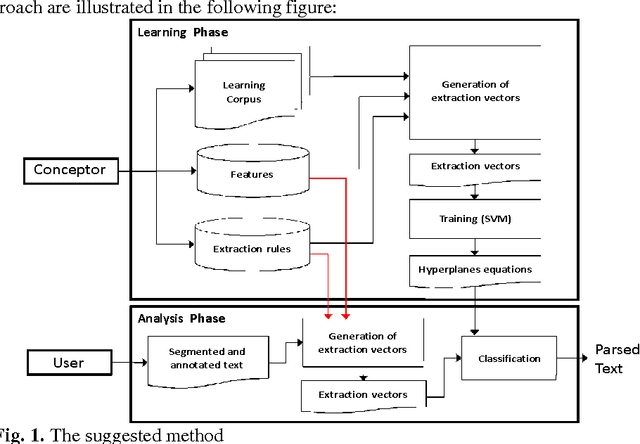
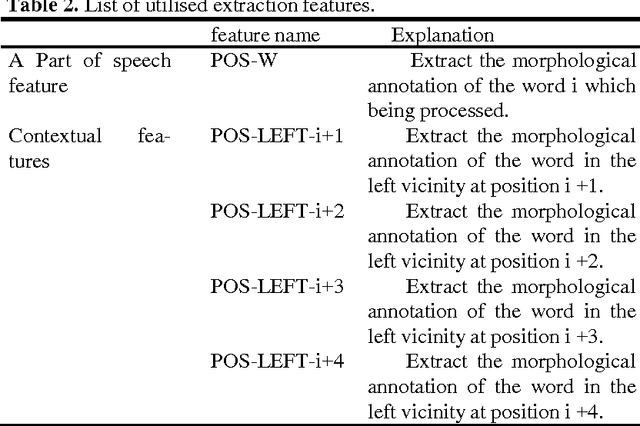
Abstract:Parsing the Arabic language is a difficult task given the specificities of this language and given the scarcity of digital resources (grammars and annotated corpora). In this paper, we suggest a method for Arabic parsing based on supervised machine learning. We used the SVMs algorithm to select the syntactic labels of the sentence. Furthermore, we evaluated our parser following the cross validation method by using the Penn Arabic Treebank. The obtained results are very encouraging.
 Add to Chrome
Add to Chrome Add to Firefox
Add to Firefox Add to Edge
Add to Edge